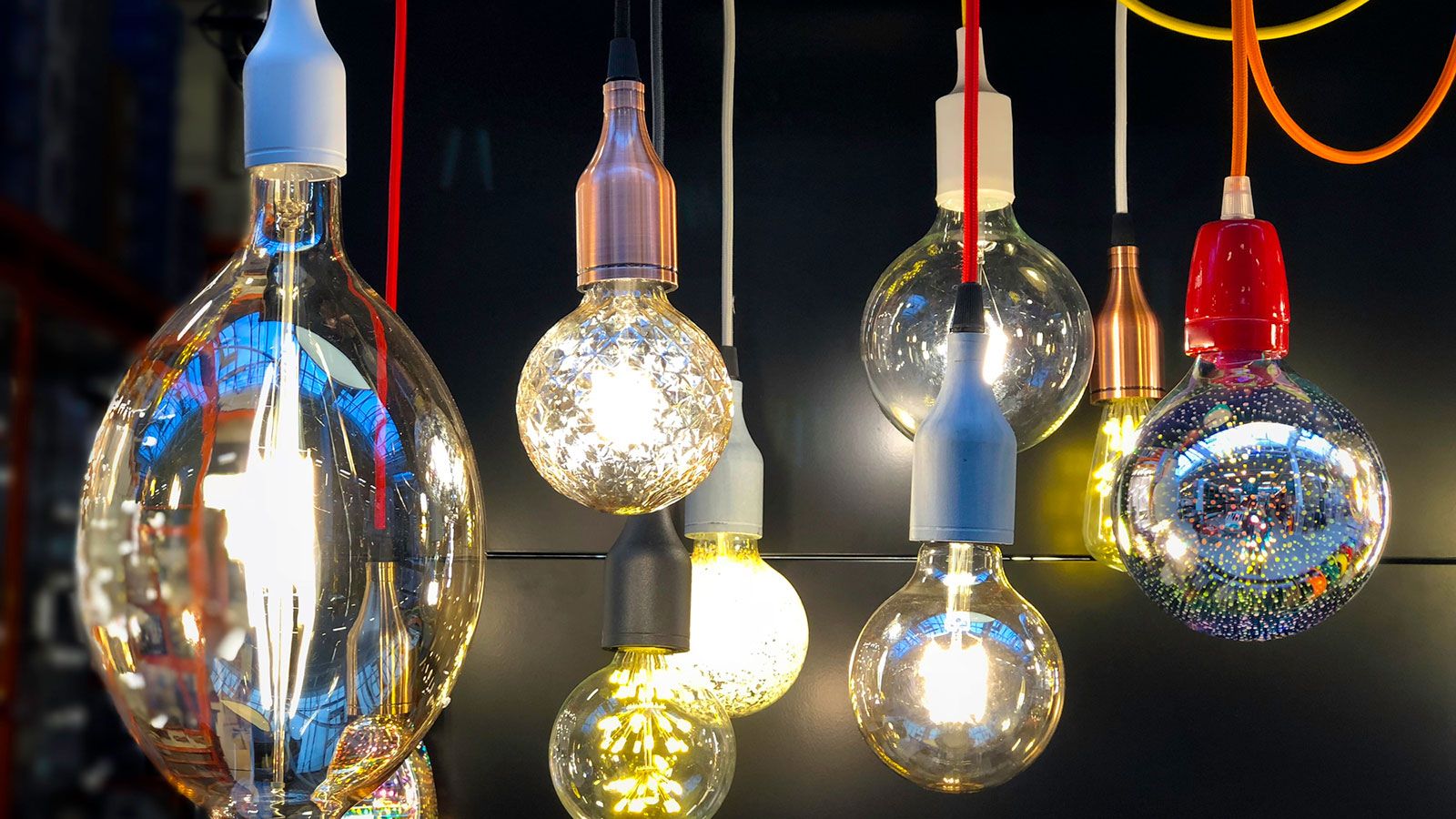

Articles
How To Store LED Lights
Modified: December 7, 2023
Learn how to properly store LED lights with our informative articles. Discover the best practices to prolong the lifespan of your LED lights and avoid any damage.
(Many of the links in this article redirect to a specific reviewed product. Your purchase of these products through affiliate links helps to generate commission for Storables.com, at no extra cost. Learn more)
Introduction
LED lights have become increasingly popular in recent years due to their energy efficiency, long lifespan, and versatility in various applications. Whether you are a homeowner, business owner, or lighting professional, properly storing your LED lights is essential to ensure their longevity and optimal performance. In this article, we will explore the reasons why storing LED lights is important and provide you with essential tips to keep your LED lights in top shape.
LED lights, or light-emitting diodes, are known for their durability, but they are not indestructible. Like any electronic device, they can be sensitive to certain factors such as extreme temperatures, humidity, and physical damage. Poor storage conditions can lead to a decreased lifespan, diminished brightness, and even complete failure of the LED lights.
By taking the time to store your LED lights properly, you can protect your investment and ensure that they remain in optimal condition for the long term. Whether you are storing LED light bulbs, LED strips, or other LED lighting fixtures, the following tips will help you maintain their performance and extend their lifespan.
Key Takeaways:
- Proper storage and maintenance of LED lights are crucial to protect them from environmental factors, physical damage, and corrosion. Following essential tips and precautions ensures longevity and optimal performance.
- Choosing the right storage location, using suitable packaging materials, and taking necessary precautions are vital in preserving the functionality and lifespan of LED lights. Regular maintenance, including cleaning, inspection, and testing, is essential for their reliable operation.
Read more: How To Store LED Strip Lights
Why Storage of LED Lights is Important?
Proper storage of LED lights is crucial for several reasons. Firstly, LED lights are sensitive to environmental conditions such as extreme temperatures, humidity, and exposure to moisture. Storing them in an environment with stable temperature and humidity levels will help prevent damage and ensure their longevity.
Secondly, LED lights are made up of delicate electronic components that can be easily damaged if mishandled or improperly stored. Protecting them from physical impact and potential contamination is essential to maintain their functionality and avoid costly replacements.
Moreover, storing LED lights correctly helps to preserve their brightness and color quality. Exposure to prolonged heat or direct sunlight can cause color fading or discoloration. By storing LED lights in a cool, dark place, you can ensure that they retain their desired lighting characteristics.
Another important aspect of storing LED lights is the prevention of corrosion. Corrosion can occur when LED lights are exposed to moisture or corrosive substances, leading to deterioration of the electrical components. Proper storage, using moisture-resistant packaging and avoiding contact with corrosive materials, will help protect your LED lights from corrosion and maintain their performance.
Lastly, storing LED lights effectively can save you time and hassle when you need to use them again. By organizing and keeping track of your LED lights, you can easily retrieve them when needed and avoid unnecessary searches or potential damage caused by improper handling.
In summary, proper storage of LED lights is important to protect them from environmental factors, prevent physical damage, maintain their brightness and color quality, prevent corrosion, and save time and effort in the long run. By following the essential tips for storing LED lights, you can ensure their longevity and optimal performance for years to come.
Essential Tips for Storing LED Lights
When it comes to storing LED lights, following these essential tips will help you maintain their performance and prolong their lifespan:
- Disconnect the power: Before storing LED lights, always ensure that the power source is disconnected. This is important to prevent any electrical mishaps and protect the lights from power surges or fluctuations.
- Clean the LED lights: Before storing, make sure to clean the LED lights thoroughly. Remove any dust, dirt, or debris from the surface using a soft cloth or a gentle cleaning solution. This will prevent any buildup that could affect their performance over time.
- Keep them in their original packaging: Whenever possible, store LED lights in their original packaging. LED light bulbs often come in sturdy containers or boxes designed to protect them during transportation and storage. These packaging materials provide adequate cushioning and protection against physical damage.
- Use anti-static packaging: If the original packaging is not available or suitable for storage, opt for anti-static packaging materials. LED lights are sensitive to static electricity, which can damage their delicate components. Anti-static bags or foam inserts can help provide the necessary protection.
- Avoid extreme temperatures: LED lights are best stored in temperatures ranging from 0°C to 25°C (32°F to 77°F). Avoid exposing them to extreme temperatures, as excessive heat or cold can affect their performance and potentially reduce their lifespan. Find a cool and dry storage location to protect them from temperature fluctuations.
- Protect from moisture: Moisture is detrimental to LED lights, so it is crucial to protect them from humidity and water exposure. Store LED lights in a dry environment and consider using moisture-absorbing packets or desiccants to maintain low humidity levels.
- Avoid direct sunlight: Direct sunlight can fade the color and potentially damage the LED lights. Store them in a dark place, away from any direct sunlight or strong UV radiation. This will help preserve their brightness and color quality over time.
- Organize and label: To easily locate specific LED lights when needed, organize them systematically and label their storage containers. This will save you time and prevent any potential damage that may occur from rummaging through boxes or mishandling the lights while searching for a specific item.
- Regularly inspect stored LED lights: Even when stored, it is essential to periodically inspect your LED lights. Check for any signs of damage, corrosion, or malfunction. If any issues are detected, take necessary steps to address them promptly to avoid further damage or loss.
By following these essential tips, you can ensure that your stored LED lights remain in top condition, ready for use whenever you need them. Proper storage will help protect them from physical damage, environmental factors, and ensure their longevity and optimal performance.
Proper Packaging Materials for LED Lights
Choosing the right packaging materials is crucial when it comes to storing LED lights. Proper packaging ensures the safety and protection of the lights during storage, transportation, and handling. Here are some recommended packaging materials for LED lights:
- Original Packaging: If available, the original packaging is the best option for storing LED lights. LED light bulbs often come in sturdy containers or boxes designed to protect them during storage. These original packages provide a snug fit for the lights and cushioning to prevent any physical damage.
- Anti-Static Bags: If the original packaging is not available or suitable for storage, consider using anti-static bags. LED lights are sensitive to static electricity, which can damage their delicate components. Anti-static bags, typically made of a special conductive material, help dissipate static charges and protect the lights from electrostatic discharge.
- Foam Inserts: Foam inserts provide excellent cushioning and protection for LED lights. Cut foam sheets or blocks to fit the size and shape of the lights, creating custom inserts to hold them securely in place. Foam inserts help absorb shock and vibrations, reducing the risk of damage during storage or transportation.
- Bubble Wrap: Bubble wrap is a versatile packaging material that offers additional protection for LED lights. Wrap each light individually in bubble wrap to prevent scratches, dents, or any impact damage. The air-filled bubbles act as a cushion, absorbing shocks and minimizing the risk of physical damage.
- Dividers and Partitions: For storing multiple LED lights together, consider using dividers or partitions within the storage container. Dividers help keep the lights separate and prevent them from rubbing against each other, reducing the potential for scratches or damage. Use cardboard, foam, or other suitable materials to create partitions that fit inside the container.
- Metal or Plastic Storage Cases: For heavy-duty protection, metal or plastic storage cases are a great option. These cases are sturdy and provide an extra layer of protection against physical damage or environmental factors. Look for cases with foam lining or custom-cut foam inserts to securely hold the LED lights in place.
- Moisture-Absorbing Packets: Moisture-absorbing packets or desiccants are helpful in preventing moisture-related damage to LED lights. Place them inside the storage container or bag to absorb any excess moisture and maintain low humidity levels. This can help prevent corrosion or other adverse effects caused by humidity.
Remember to label each package or container with the type of LED lights stored inside and any specific handling instructions. This will help you easily identify and locate the desired lights when needed.
By using proper packaging materials, you can ensure that your LED lights are protected from physical damage, static electricity, moisture, and other potential hazards. This will help maintain their functionality and extend their lifespan during storage.
Store LED lights in a cool, dry place away from direct sunlight to prevent damage and extend their lifespan. Keep them in their original packaging or wrap them in bubble wrap to protect them from dust and moisture.
Choosing the Right Storage Location for LED Lights
When it comes to storing LED lights, selecting the right storage location is crucial to ensure their longevity and optimal performance. Here are some factors to consider when choosing the storage location for your LED lights:
- Temperature Control: LED lights are best stored in an environment with a stable temperature. Extreme heat or cold can have adverse effects on their performance and lifespan. Aim for a storage location with a temperature range of 0°C to 25°C (32°F to 77°F) to maintain the lights’ functionality and prevent any potential damage.
- Avoid Humidity: Moisture is one of the biggest enemies of LED lights. High humidity levels can lead to corrosion and damage to the electrical components of the lights. Choose a storage location with low humidity levels to protect the lights from moisture-related issues. Consider using dehumidifiers if necessary.
- Dark and UV-Free: Exposure to direct sunlight or strong UV radiation can cause color fading and damage the LED lights. Select a storage location that is dark and away from any sources of UV light. This will help preserve the brightness and color quality of the lights.
- Clean and Dust-Free: Keep the storage area clean and free from dust, dirt, and other debris. Accumulated dust can affect the performance of LED lights over time. Regularly clean the storage area and ensure that the LED lights are stored in a clean condition to maintain their optimal functionality.
- Secure and Stable: Choose a storage location that is secure and stable to prevent any accidental damage. Avoid areas prone to vibrations, such as near heavy machinery or high-traffic areas. Vibrations can adversely affect the delicate components and lead to decreased performance or malfunctions.
- Organized and Accessible: Proper organization and accessibility are important when storing LED lights. Use storage containers or shelves to keep the lights organized and easily accessible. Label the containers or shelves to identify the type of LED lights stored inside. This will save time and effort when searching for specific lights and help maintain their condition.
- Away from Chemicals and Corrosive Substances: LED lights are sensitive to corrosive substances. Keep them away from chemicals, solvents, or any corrosive materials that can lead to damage or deterioration. Store LED lights in a dedicated location away from any potential sources of chemical exposure.
- Keep Away from Children and Pets: LED lights often contain small parts or fragile components that can be hazardous if mishandled. Ensure that the storage location is out of reach of children or pets to prevent any accidents or damage to the lights.
By considering these factors when choosing the storage location for your LED lights, you can create an ideal environment that promotes their longevity and optimal performance. Proper storage conditions will help protect the lights from temperature fluctuations, humidity, physical damage, and other factors that can impact their functionality.
Read more: How To Light A Light Bulb With A Potato
Precautions to Take When Storing LED Lights
Proper storage of LED lights involves taking certain precautions to ensure their safety and maintain their performance. Here are some important precautions to consider when storing LED lights:
- Handle with Care: LED lights are delicate electronic devices and should be handled with care. Avoid excessive force, dropping, or rough handling, as this can damage the internal components and affect their functionality.
- Avoid Overloading: When storing LED lights, be mindful of the weight and stacking limits of the storage containers or shelves. Overloading containers or stacking them too high can lead to damage or collapse, potentially causing harm to the LED lights.
- Keep Away from Water: Water is a significant threat to LED lights. Ensure that the storage area is dry and free from any potential sources of water or moisture. Avoid storing LED lights near water pipes, sinks, or areas prone to leaks to prevent water damage.
- Avoid Extreme Temperatures: LED lights are sensitive to extreme temperatures. Avoid storing them in locations with excessively high or low temperatures, as this can affect their performance. Extreme heat can cause overheating and damage the LEDs, while extreme cold can lead to reduced brightness and functionality.
- Ensure Proper Ventilation: Adequate ventilation is important when storing LED lights. Proper air circulation helps prevent the buildup of heat and humidity, which can negatively impact their performance and lifespan. Ensure that the storage area is well-ventilated and avoid sealing LED lights in airtight containers.
- Protect from Impact: LED lights should be protected from any physical impact during storage. Use suitable packaging materials such as foam inserts, bubble wrap, or anti-static bags to cushion and protect the lights from shock or vibration.
- Avoid Overexposure to Light: Although LED lights are designed to emit light, prolonged exposure to excessive light sources can affect their functionality. When storing LED lights, avoid placing them directly under bright or intense light sources to prevent any potential damage or degradation.
- Regularly Inspect: Periodically inspect your stored LED lights to ensure that they are in good condition. Check for any signs of damage, corrosion, or malfunction. If any issues are detected, take necessary steps to address them promptly to prevent further damage or loss.
- Keep Away from Pest Infestations: Insects and rodents can cause damage to LED lights and the cables connected to them. Ensure that the storage area is clean and free from any potential sources of pest infestations. Consider using pest control methods, such as traps or repellents, if necessary.
- Follow Manufacturer’s Recommendations: Lastly, always refer to the manufacturer’s guidelines and recommendations for storing LED lights. Each LED light may have specific instructions or requirements for storage. Adhering to these instructions will help ensure the best storage practices specific to your LED lights.
By taking these precautions when storing LED lights, you can safeguard them against various potential hazards and maintain their optimal performance. Proper handling, protecting from environmental factors, regular inspection, and adherence to manufacturer’s recommendations are vital to ensure the longevity and functionality of your stored LED lights.
Maintenance Tips for Stored LED Lights
Proper maintenance is essential to ensure the longevity and optimal performance of stored LED lights. Even when not in use, LED lights require some attention to ensure they remain in good condition. Here are some maintenance tips to follow:
- Regular Cleaning: Dust and debris can accumulate on stored LED lights over time, affecting their brightness and performance. Regularly clean the lights with a soft, dry cloth to remove any dust or dirt. Avoid using abrasive cleaning materials or harsh chemicals that could damage the surface of the lights.
- Check for Moisture: Moisture can cause damage to LED lights, even when stored. Periodically inspect the storage area for any signs of moisture or condensation. If moisture is present, address the issue immediately and ensure the lights are completely dry before storing them again.
- Inspect for Damage: Regularly check stored LED lights for any signs of physical damage, such as cracks, dents, or loose connections. If any damage is detected, take necessary steps to repair or replace the lights to prevent further deterioration and potential malfunctions.
- Test the Lights: Periodically test the stored LED lights to ensure they are still in working condition. This can be as simple as plugging them in or connecting them to a power source. Testing the lights will help identify any issues early on, allowing for timely repairs or replacements.
- Replace Faulty Components: If any components of the LED lights, such as the bulbs or power adapters, are found to be faulty during testing or inspection, replace them promptly. Using faulty components can lead to reduced performance or even damage to the lights.
- Keep Storage Area Clean: A clean storage area will help maintain the cleanliness of the LED lights. Regularly clean the storage shelves, containers, or cabinets to prevent dust or debris from accumulating and potentially affecting the lights.
- Monitor Storage Conditions: Continuously monitor the storage conditions of the LED lights, including temperature and humidity levels. Ensure that the storage area remains within the recommended range to prevent any adverse effects on the lights.
- Rotate Stored LED Lights: If you have multiple sets of LED lights in storage, consider rotating them periodically. This helps prevent one set from remaining unused for an extended period, reducing the risk of degradation or malfunctions.
- Keep Documentation: Keep any documentation, such as manuals or instructions, for the stored LED lights. These documents may contain valuable information about maintenance, troubleshooting, or specific recommendations from the manufacturer.
- Stay Up to Date: Stay informed about any updates or recalls related to the stored LED lights. Manufacturers sometimes release firmware updates or issue recalls to address potential issues. Keeping up to date will ensure that you can take appropriate actions to maintain the safety and functionality of the lights.
By following these maintenance tips, you can ensure that your stored LED lights remain in good condition and continue to perform optimally when you need them. Regular cleaning, inspection, and necessary repairs or replacements will help extend the lifespan of the lights and ensure their reliable operation.
Conclusion
Proper storage and maintenance of LED lights are essential to ensure their longevity, optimal performance, and protection against various potential hazards. By following the tips and precautions outlined in this article, you can safeguard your LED lights and enjoy their benefits for years to come.
Choosing the right storage location, using suitable packaging materials, and taking precautions such as protecting from extreme temperatures and moisture are crucial in preserving the functionality and lifespan of your LED lights. Regularly inspecting the lights, testing them, and addressing any issues promptly will help prevent further damage or potential malfunctions.
The maintenance of stored LED lights should also not be overlooked. Regular cleaning, monitoring storage conditions, and staying up to date with any manufacturer updates or recalls are important to ensure the lights remain in top condition and continue to perform optimally when needed.
By investing time and effort into the proper storage and maintenance of your LED lights, you can protect your investment, save money on replacements, and maintain the desired brightness and quality of your lighting. Whether you are a homeowner, business owner, or lighting professional, implementing these practices will help you get the most out of your LED lights.
Remember to always refer to the manufacturer’s guidelines and recommendations for storing and maintaining your specific LED lights, as different products may have specific requirements or instructions for optimal storage and care.
With proper storage and maintenance, your LED lights will continue to illuminate your spaces efficiently, reliably, and with the desired brightness and color quality, bringing you the benefits they are designed to provide.
Frequently Asked Questions about How To Store LED Lights
Was this page helpful?
At Storables.com, we guarantee accurate and reliable information. Our content, validated by Expert Board Contributors, is crafted following stringent Editorial Policies. We're committed to providing you with well-researched, expert-backed insights for all your informational needs.
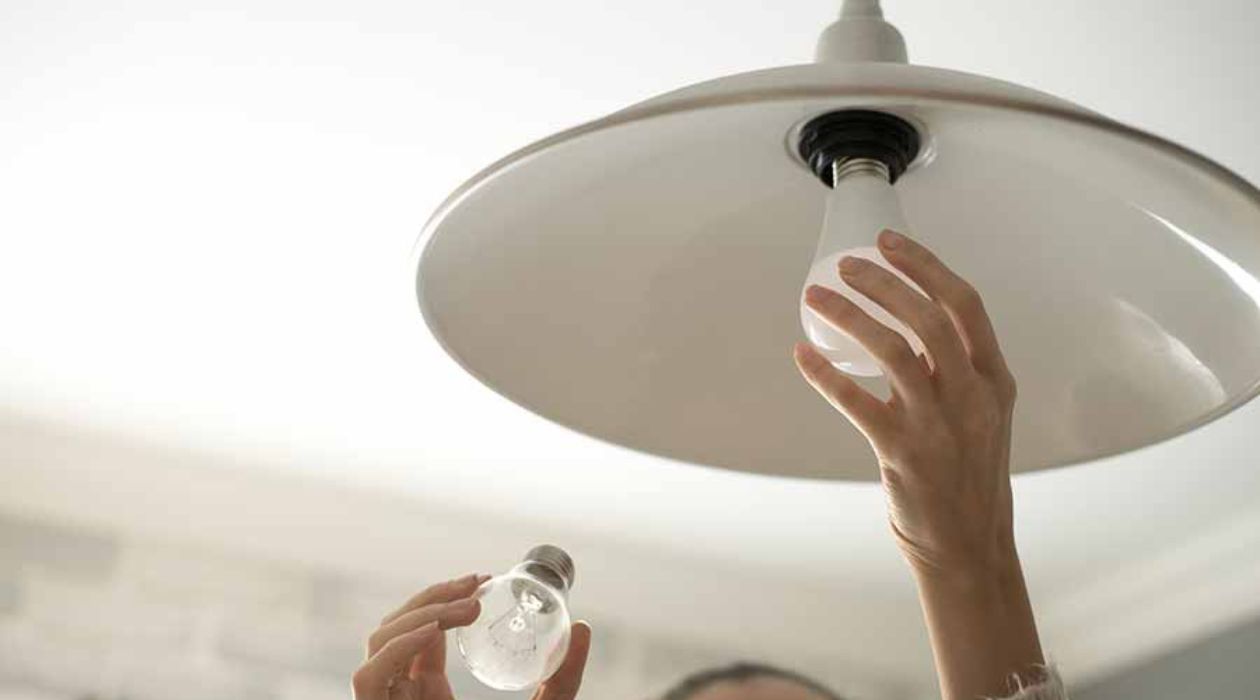
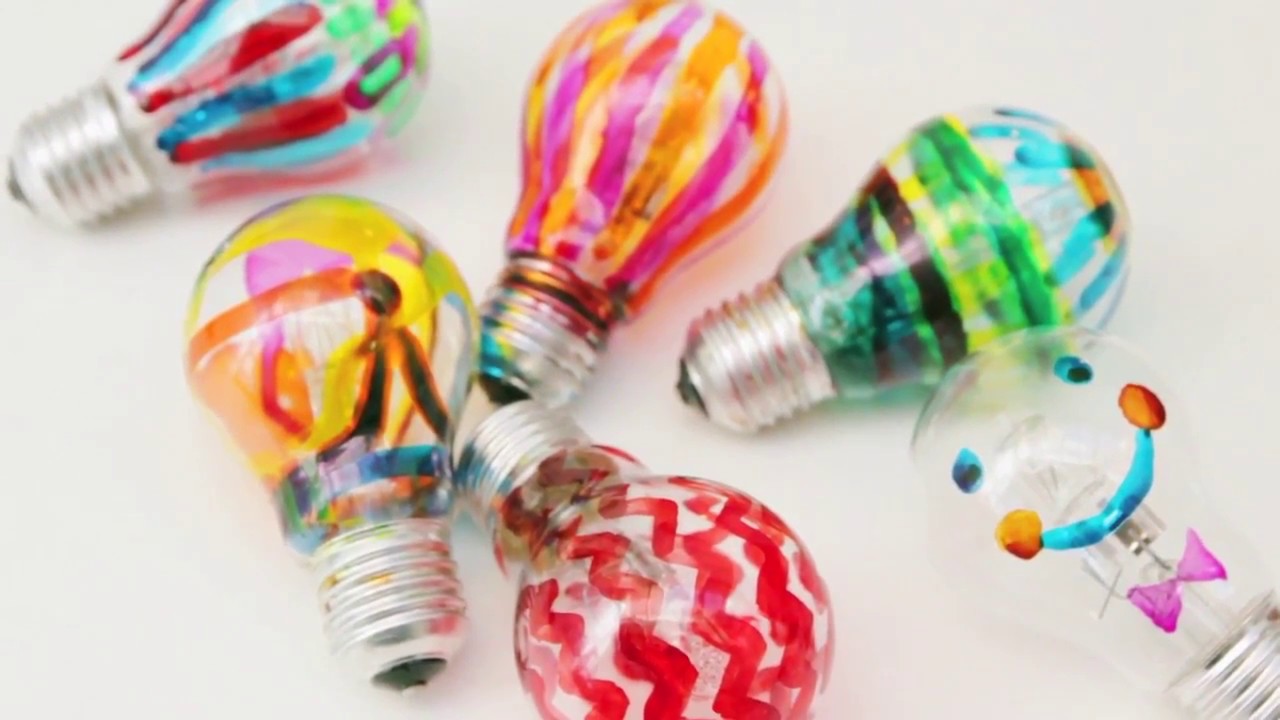
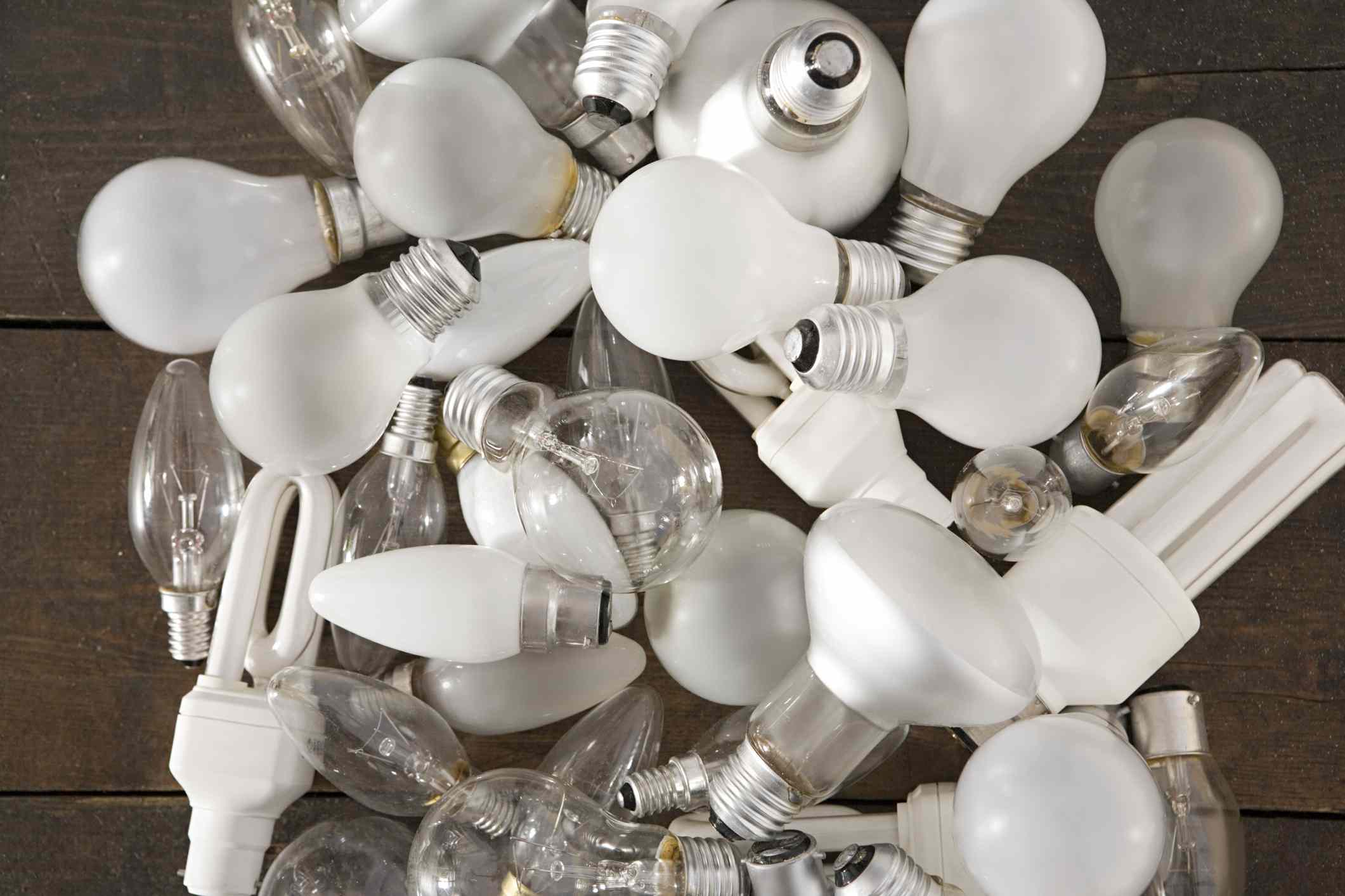
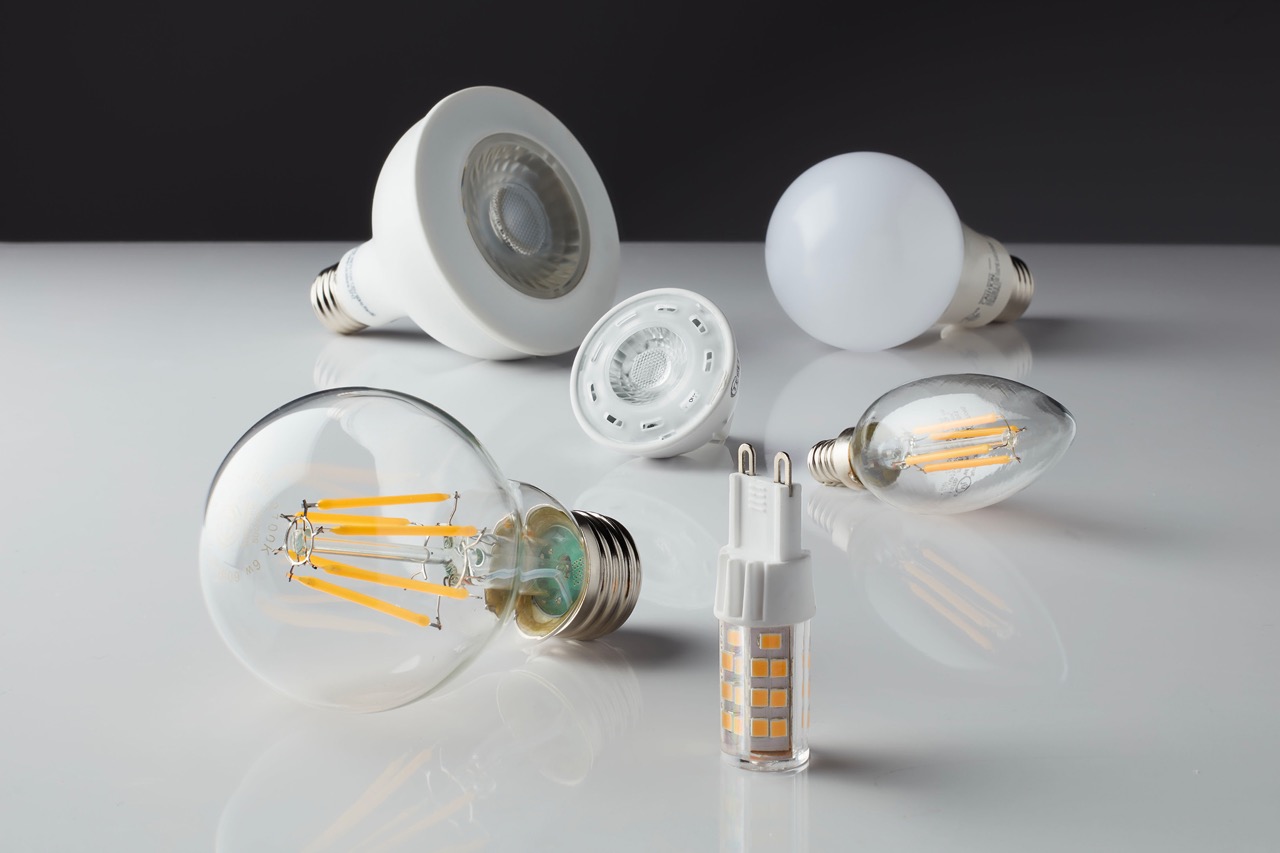
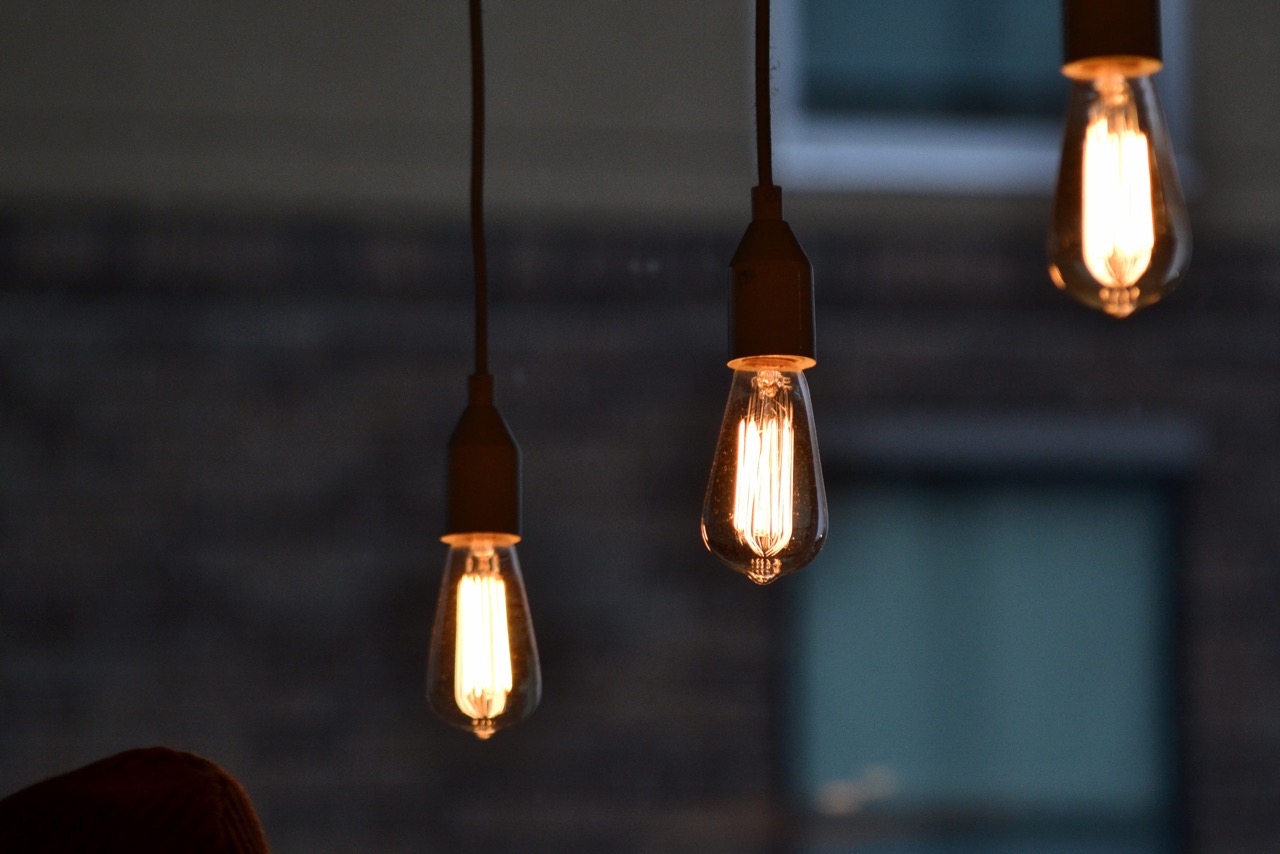
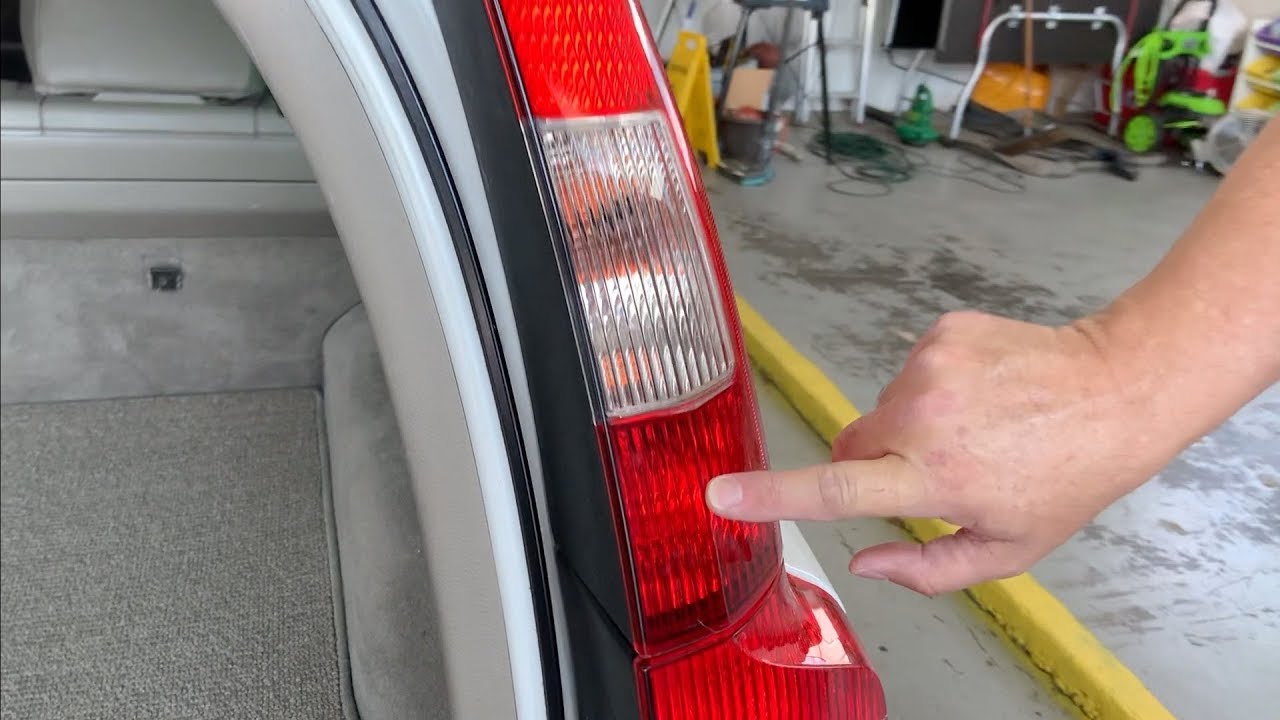
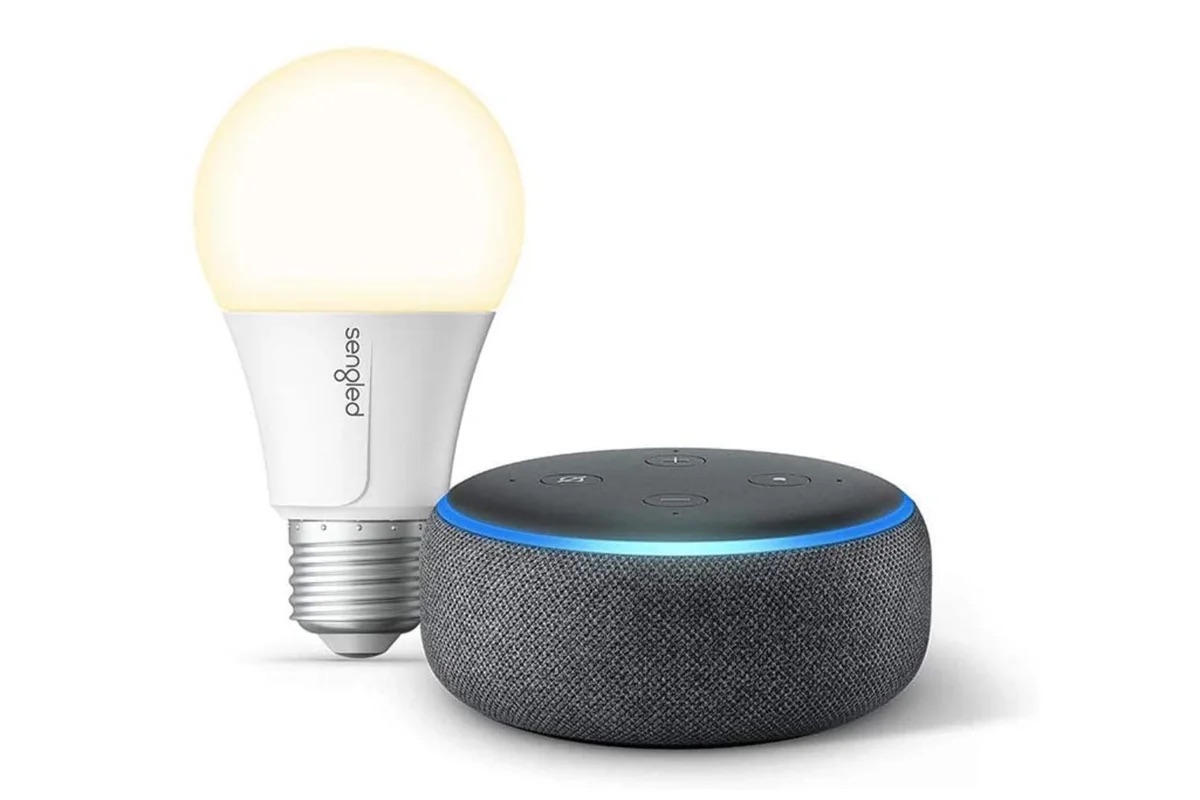
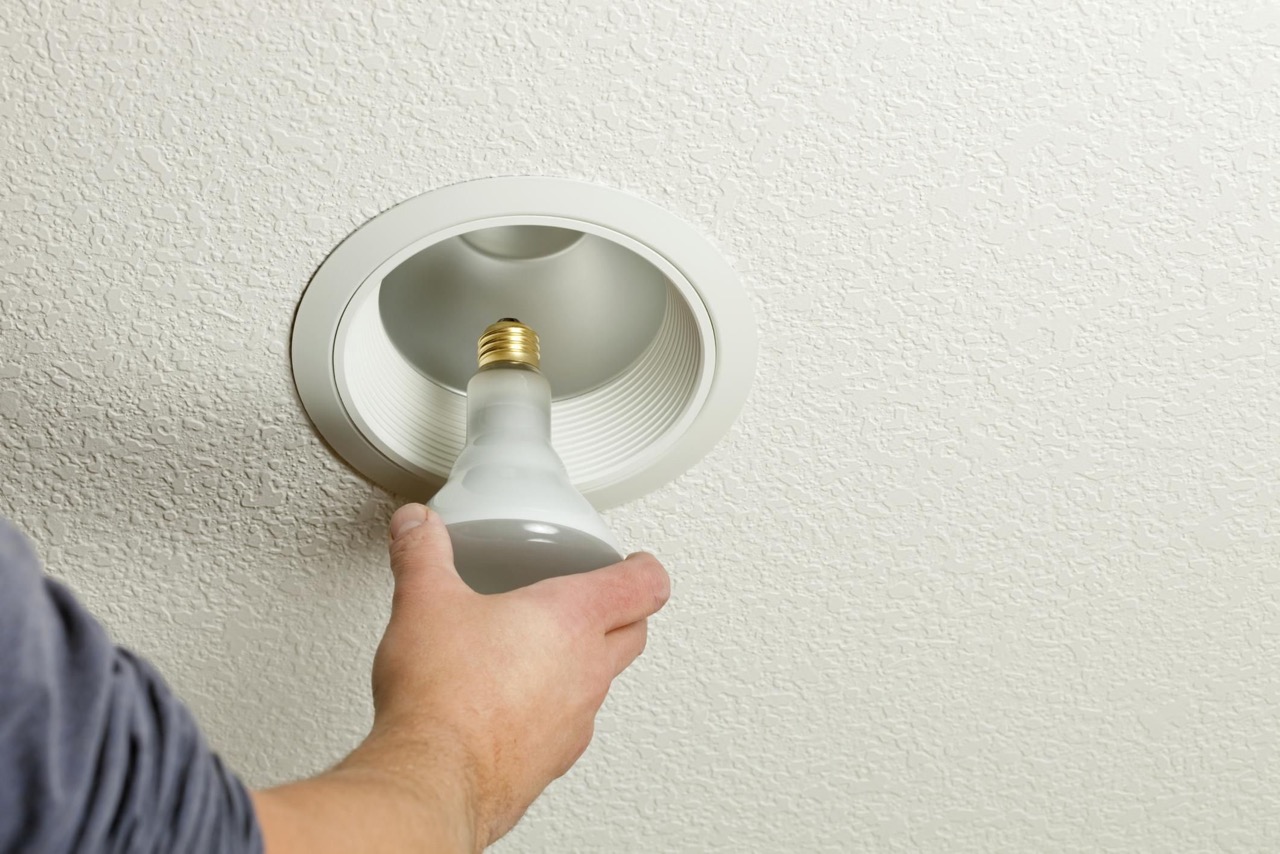
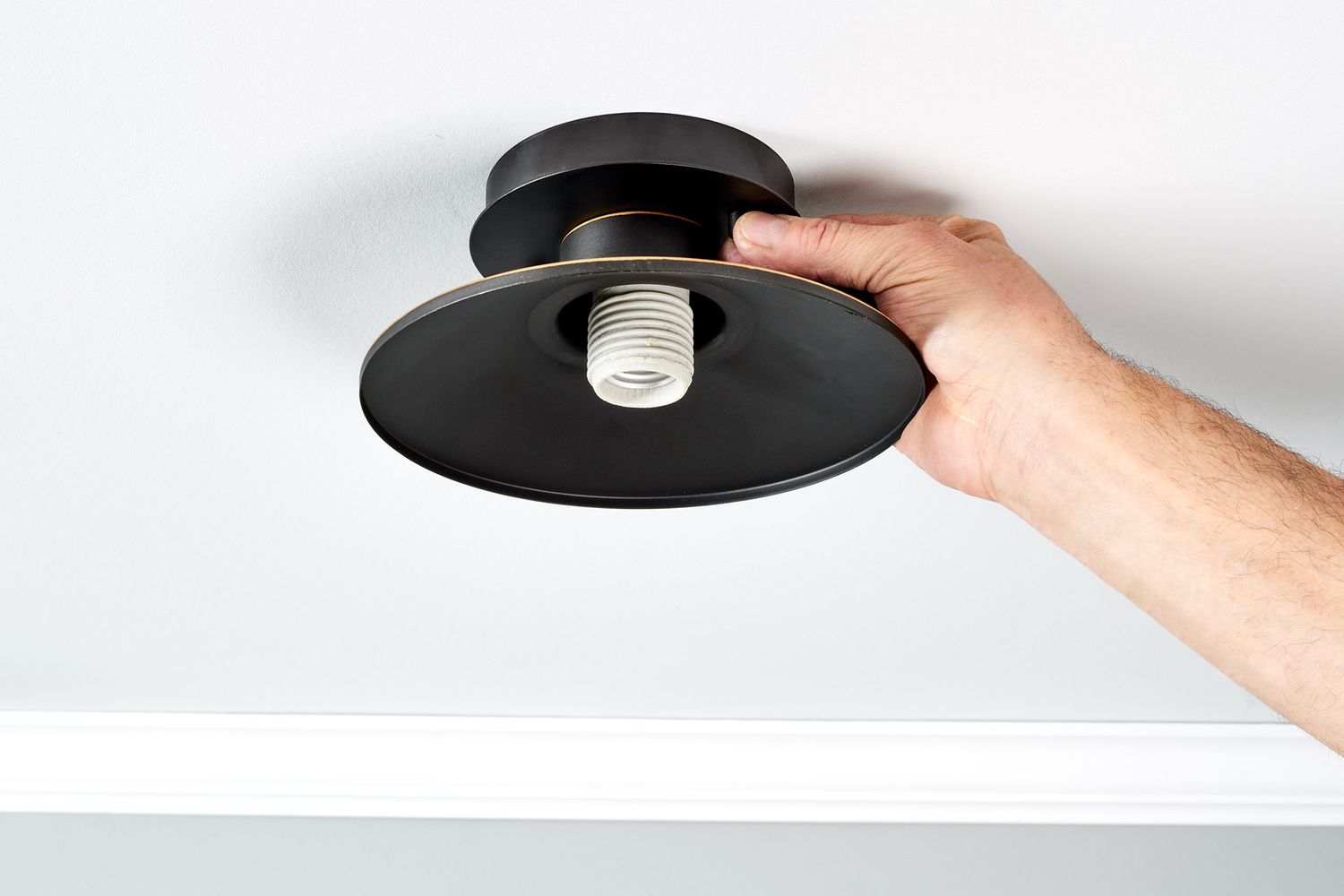

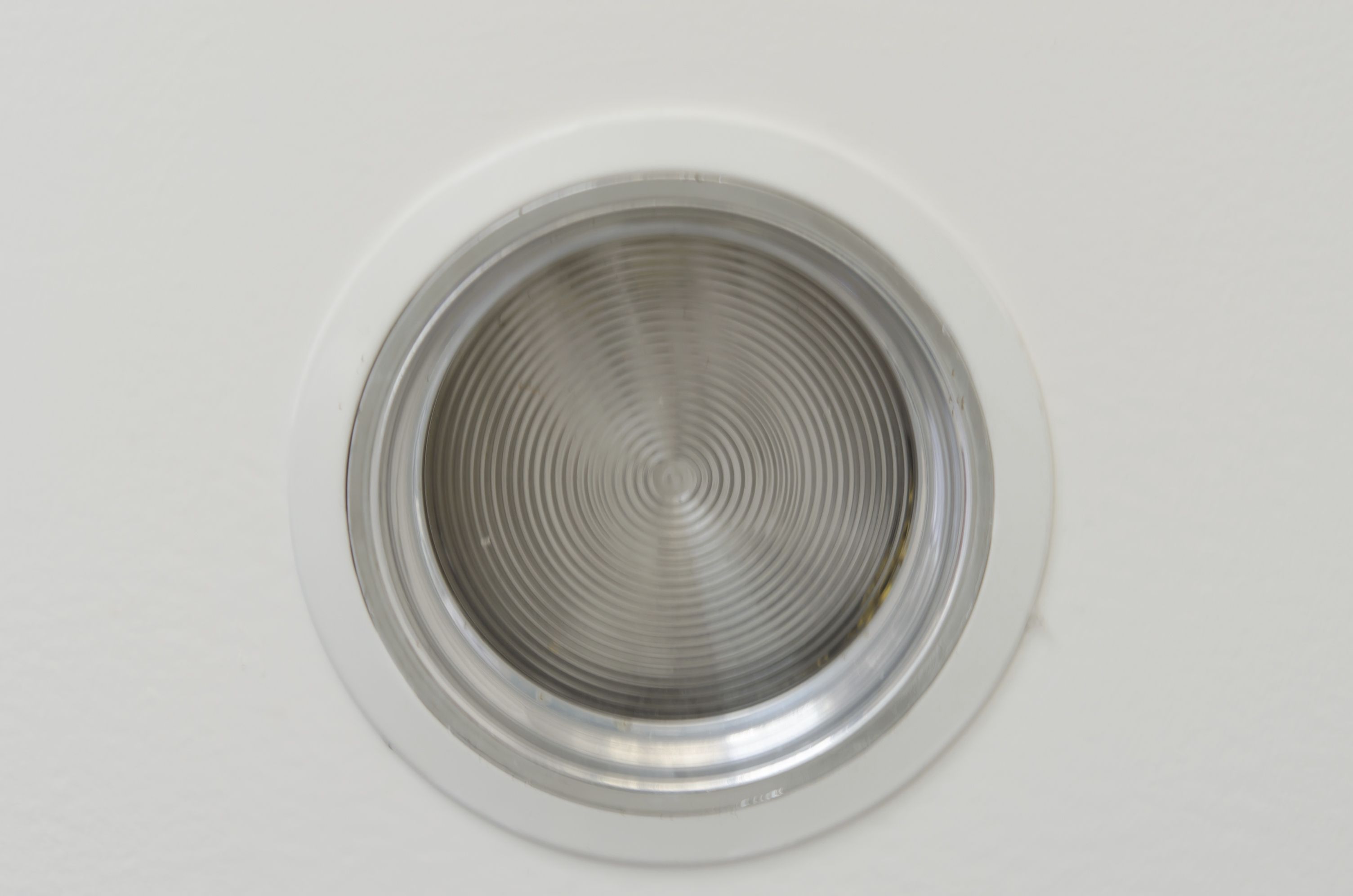
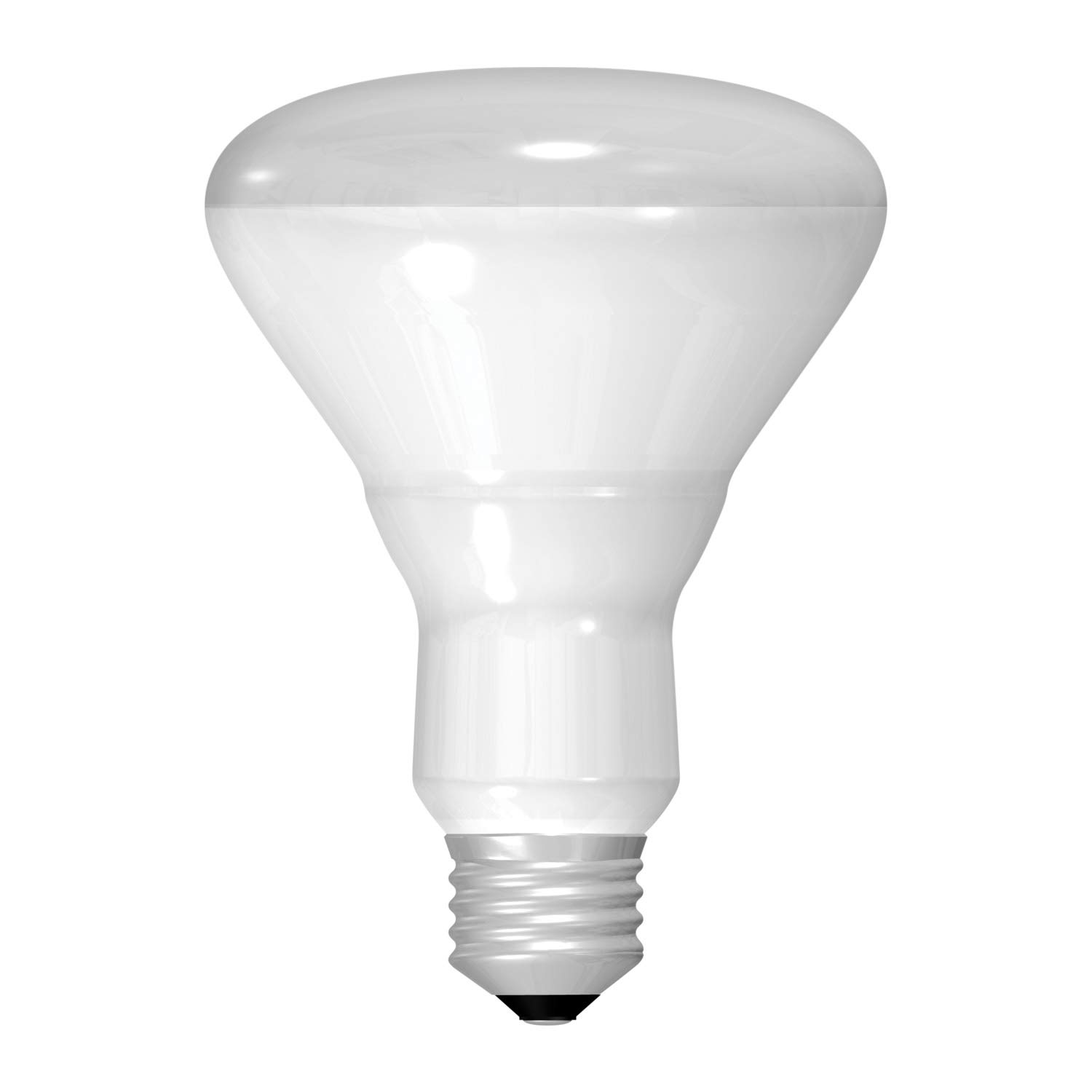
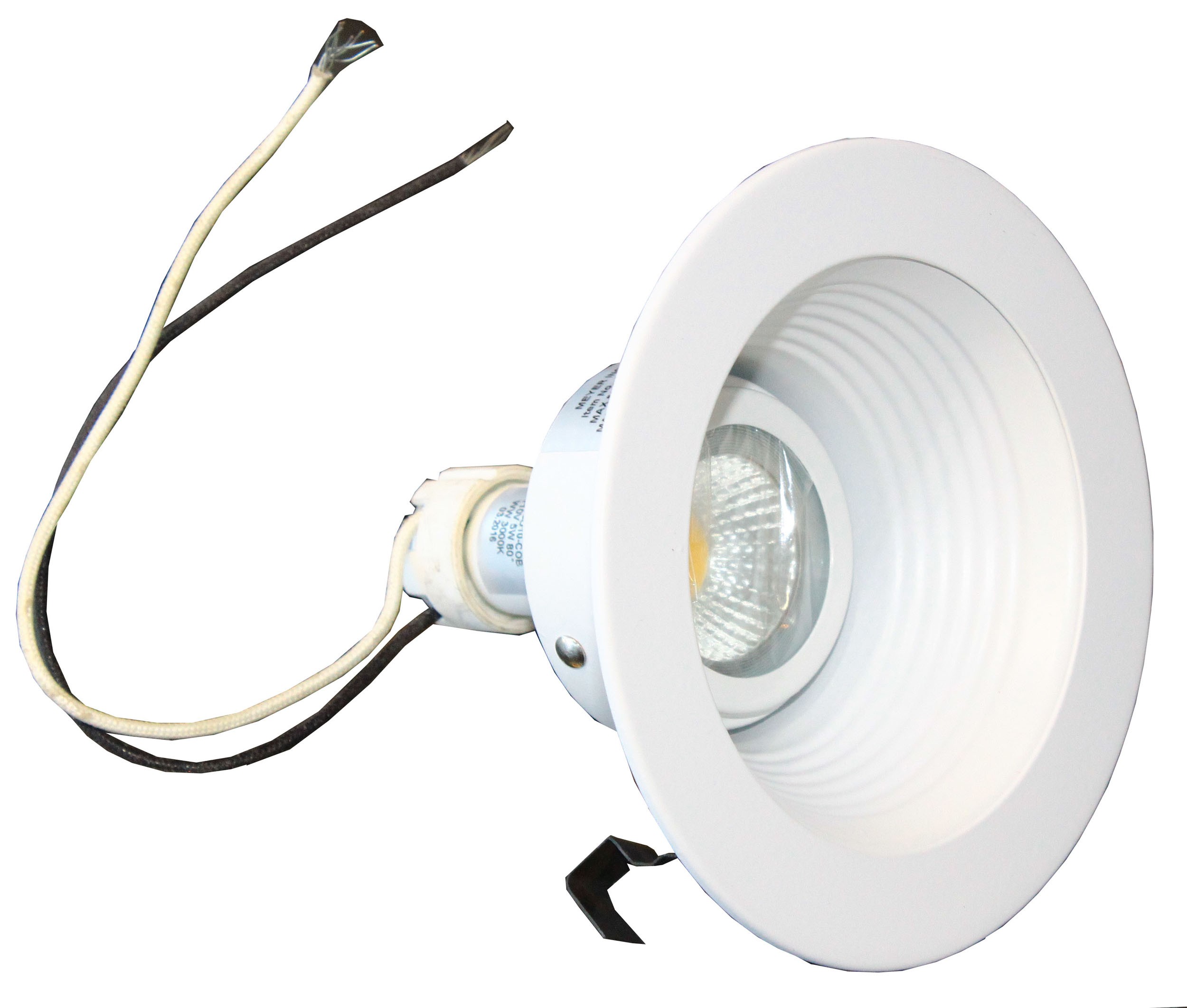
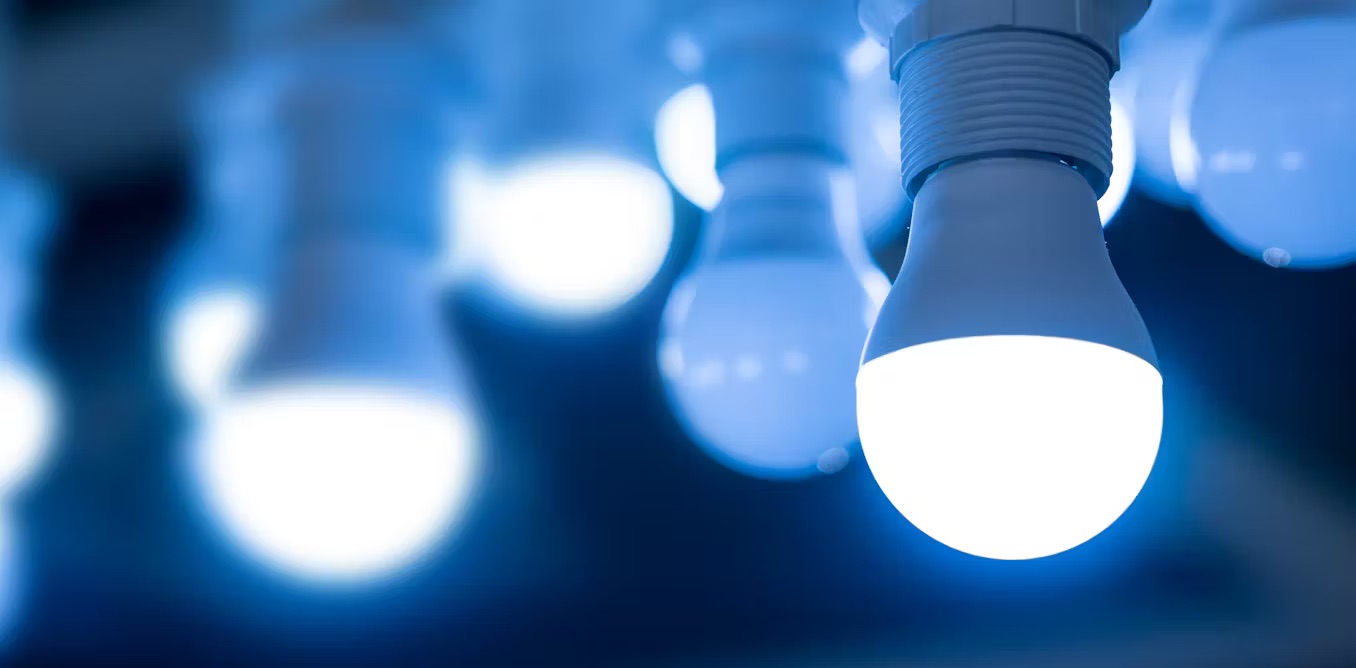

0 thoughts on “How To Store LED Lights”